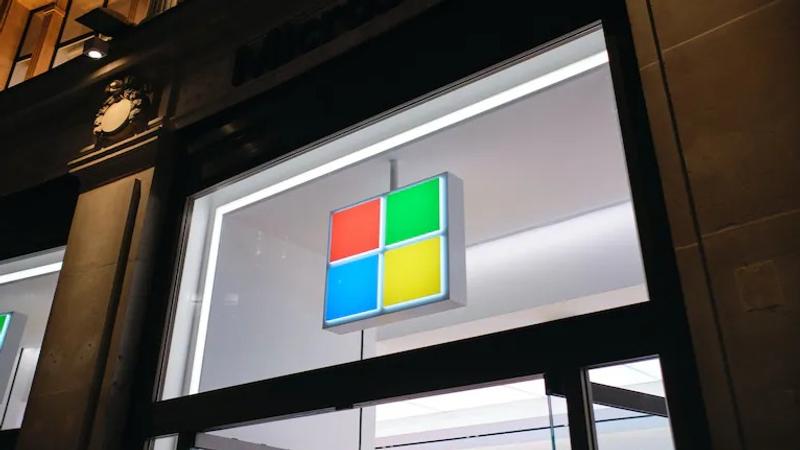Published 14:27 IST, August 1st 2024
Microsoft gives peek into tech-stock takedown
Microsoft reported quarterly revenue of $64.7 billion on July 30, an increase of 15% compared to the same period a year ago.

Looks good, sell it. Investors have been going cool on big technology firms for reasons that don’t have much to do with the companies themselves. For example, growing expectations that U.S. interest rates will come down in September have rekindled interest in smaller, previously unloved companies. But now that companies are disclosing their quarterly earnings and setting out their expectations of future performance, investors are finding more concrete reasons to sell – however flimsy. Microsoft is an example.
The creator of Windows software’s shares plunged in after-market trading after it reported $22 billion of quarterly earnings on Tuesday, regaining some of those losses on Wednesday. Step back, and it’s hard to find fault with a $3.1 trillion company growing revenue 15% to $65 billion. Microsoft expects double-digit revenue and operating profit growth for the next year. The only thing approaching a sour note was Azure, the company’s cloud services business. It grew 30% when adjusted for currency swings, one percentage point less than the preceding quarter.
It's possible to create a story that this performance isn’t enough. Microsoft’s cloud services have been gaining on bigger rival Amazon.com, but Google owner Alphabet’s cloud business is now growing just as fast as Microsoft’s. Perhaps instead of a cozy duopoly, Microsoft may have to share the spoils with others.
But a better explanation is that investors are getting nervous about prior exuberance. Large-company valuations have risen hard and fast, in an experience reminiscent of the Nifty Fifty boom of the early 1970s. Microsoft trades at 32 times estimated earnings, nearly 30% above its 20-year average, according to LSEG. The $2.5 trillion Nvidia, maker of chips that power the artificial intelligence boom, has lost nearly one-quarter of its value since June, but it still is worth about twice what it was a year ago. The S&P 500 Index trades at over 20 times estimated earnings, about 30% more than a decade ago.
To back that hypothesis, relatively tiny firms are reviving. The Russell 2000 Index has underperformed large stocks for years but is up 14% in the last three months. Meanwhile, of the S&P 500 companies that have reported for the calendar second quarter, shares of those with earnings below expectations fell 3% - but those that met expectations fell 2%, and those that beat saw on average no increase. Doing great is the new hold; anything else is a reason to sell.
Context News
Microsoft reported quarterly revenue of $64.7 billion on July 30, an increase of 15% compared to the same period a year ago. Earnings per share for the three months ending June 30 increased 10% year-on-year to $2.95 per share. Both quarterly earnings per share and revenue were higher than expected, based on analyst estimates gathered by LSEG. The company’s Azure cloud platform grew 30% in constant currencies, compared to 31% in the previous quarter.
Updated 14:27 IST, August 1st 2024
